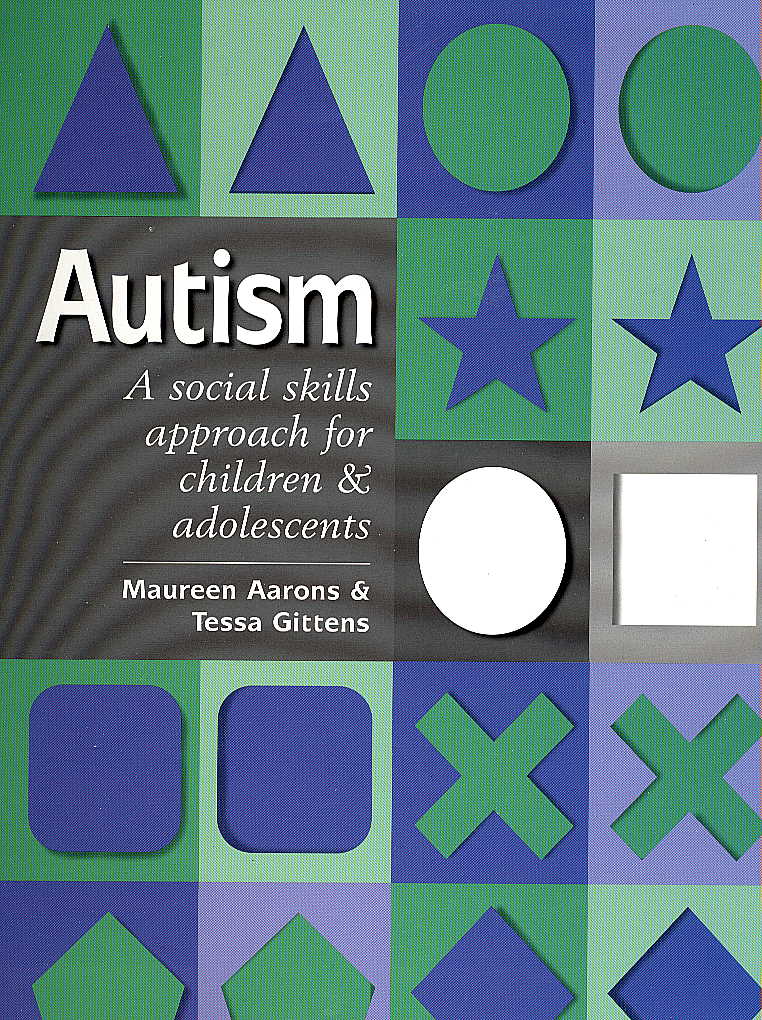 by Maureen Aarons & Tessa Gittens
by Maureen Aarons & Tessa Gittens
This book is an excellent source of practical ideas on which to base programs of intervention for children and young people with autism.
Full Description:
The aim of this book is to present practical ideas that will form the basis for programs of intervention for children with autism. It is primarily aimed at those working with children who have normal, or near normal, cognitive abilities. The authors approach remediation from the standpoint that a disorder affecting social functioning should be remediated through approaches which focus on these areas. Much can be achieved when children with autism have access to a social skills program and this book will help all practitioners offer their students the opportunity to enhance their quality of life. Any practitioner carrying out an intervention program has a responsibility not to present it as a panacea. Autism is a developmental disability and does not go away. At best, appropriate interventions enable individuals with autism to make the most of their capabilities and develop strategies to cope with their deficits. This manual will provide you with useful material in that learning process. A checklist is provided for easy reference at the end of each chapter. In addition, at the end of the book, appendices include model letters and forms, useful addresses and suggestions for books and equipment. Suggestions for Activities
- Good Sitting
Start and end each session with up to a minute of listening to soothing music. The child must sit still, hands on laps, and not distract others. This activity provides a trigger for focusing attention. For those children who have difficulty in sitting still without a high degree of fidgeting, it may be helpful to outline a square on the floor with chalk or masking tape, within which they are asked to keep their feet. At the same time they can be given two soft balls to hold while they sit with hands on their laps. This appears to help such children develop some awareness of what their bodies are doing. Children who find it difficult to remain seated and who jump up whenever they want to say something can be reminded to stay on their chairs by having to support a small cushion behind their backs which will drop down if they get up. These physical reminders can be incorporated into a session as a group activity. - Hello Game
The adult says "hello" and names each child in turn, who then has to look at the adult and return the greeting. At a later stage, the game can be developed so that the child who is greeted returns the "hello" and eye contact, then looks at and says "hello" to someone else in the group, who continues in the same way; this goes on until everyone has had a turn. It is important to do this in a random way, so that every child keeps looking, in case he receives the greeting next.
Checklist
- Are there children requiring a social skills group?
- What are their cognitive levels
- Do any have severe behaviour problems?
- List those with broadly similar needs as possible candidates
- How long should the group last (length of sessions, number of weeks)?
- Have the aims of the group been clarified to parents?
98 photocopiable pages; spiral bound
Chapters- Assessement
- Setting the scene for intervention
- Pre-school intervention
- Infant-level intervention
- Junio-level intervention
- Intervention with older children & adolescents
- Further practicalities of running social skills groups
- Final Words
- Appendix I
- Appendix II
- Bibliography
- Index
Stock- Usually ships in 20-30 business days!
|